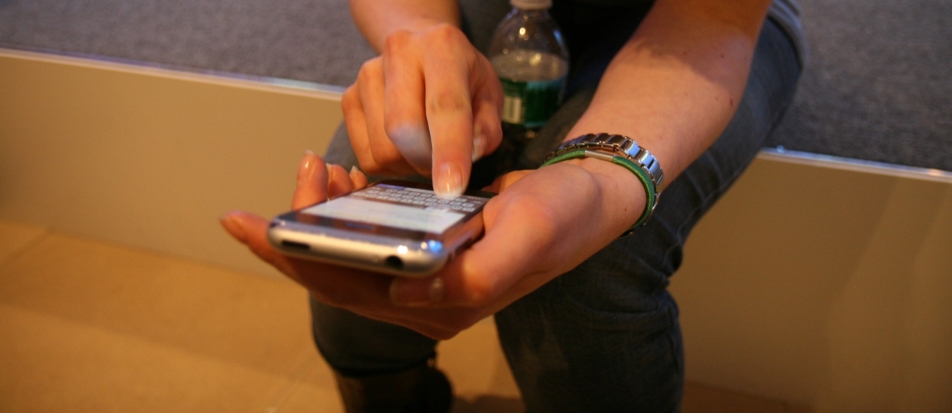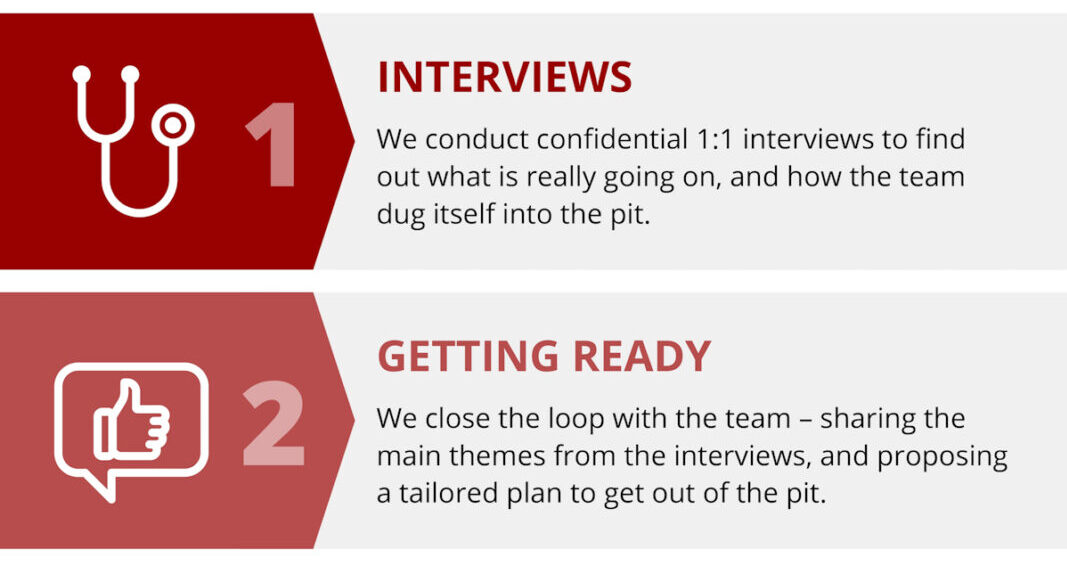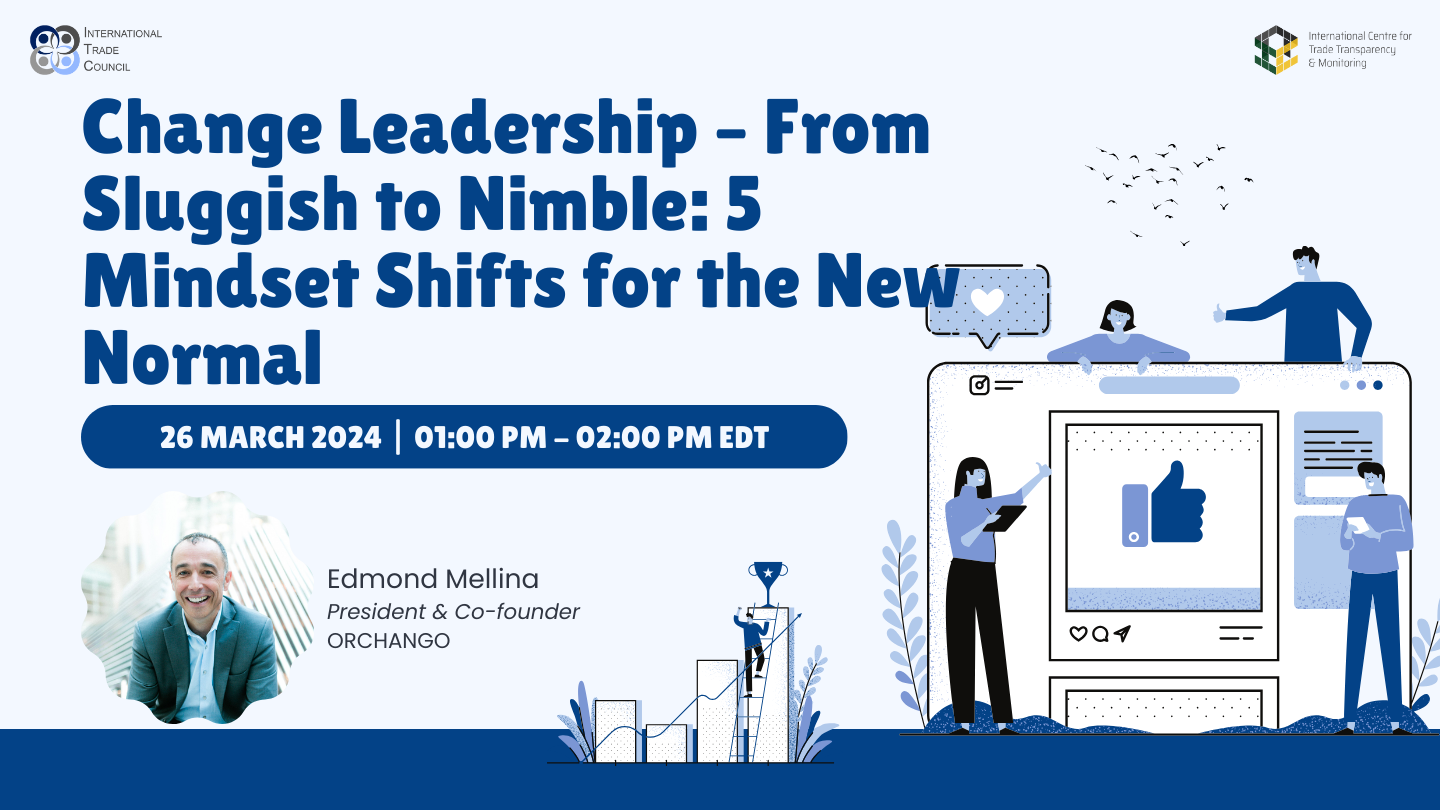How do you transform the dynamics of a team (leadership or otherwise) from dysfunctional to…
Wanted: generation-savvy creative director for HR & IT

Two recent discussions prompted this blog post – the first one with a media executive; the second with a University professor. It is about reaching the Millennials and their older colleagues in the digital world.
Article first written for the People + Strategy blog of HRPS (USA). The Strategic Capability Network (Canada) also published the article on its blog.
Who has a creative director for internal communications?
Last week, I attended an executive peer-group discussion on the theme: “What does digitalization means to talent?” The session started with a presentation by Kirk MacDonald, Chief Revenue Officer for Star Media Group – a major portfolio of media businesses here in Canada. MacDonald is an American who has decades of experience in both traditional and digital media, including a series of senior executive roles. He was CEO of The Denver Post and Rocky Mountain News; the founding President of AdTaxi, an international digital services agency and ad network; and the Senior Vice President of Revenue Development for Digital First Media, a U.S. news media conglomerate.
At one point in his presentation MacDonald asked the group of [mostly] CHROs: “How many of you have a creative director for your internal communications?” Nobody put their hand up. So he said: “Well, you should…”
MacDonald explained that while Millennials don’t have time for old-fashion narratives, the visuals can get their attention. Hence the idea of a creative director for employee communications, which are increasingly digital.
Both CHROs and CIOs should think about it
MacDonald is not alone in saying that creative directors can bring value beyond their traditional sectors of employment. The Wikipedia article about the role starts with the following sentence: “A creative director is a position often found within the graphic design, film, music, fashion, advertising, media or entertainment industries, but may be useful in other creative organizations such as web development and software development firms as well.”
The Wikipedians are thinking app/web development firms; while MacDonald is thinking internal communications.
By merging the two streams of thoughts, we end up with the following message for CHROs and CIOs: “Consider hiring a creative director for your internal communications, intranets and workplace apps”.
Yes, but not everyone is a Millennial
With all the hype these days about Millennials, it is easy to forget that organizations are still employing other generations.
Researcher Milena Head highlighted this point when I spoke with her a few weeks ago. Head is professor of Information Systems at the DeGroote School of Business of McMaster University in Canada. Her research interests include trust in a virtual environment; and interface design in a digital world.
Head explained that apps and vendor websites don’t necessarily work with older generations. In particular, she talked about the ‘cognitive decline’ that impacts how we grasp information and react to it as we get older.
Cognitive decline… Initially I thought she was talking about a condition affecting those who retired years ago. But then I realized she was talking about people… well, like me. And I am still years away from saying good-bye to the workplace!!
For example, I have discovered that I am not that fond of websites featuring a handful of rather long pages with lots of visuals, multiple topics and minimal text. This in contrast to websites using a more traditional and structured approach – i.e. with a higher number of shorter pages, most of them addressing a single topic. Although I love the appealing photos, colours and videos of the trendiest sites, I still want a good narrative to go with them. A handful of well-crafted headlines and sublines are not sufficient to win me over. Also, I don’t react well if I need to scroll down twice the height of my screen. Please, please break it down for me.
Evidently, my own cognitive decline is now well in motion!
While Head’s research focusses primarily on external apps and websites, I think her findings apply equally to intranets, workplace apps and employee communications.
Her data has demonstrated some of the dangers of focusing too much on the Millennials when designing interfaces or websites, particularly:
- Disengaging the older generations;
- Generating mistrust with these folks.
One-design-fits-all doesn’t work
On the latter point, it is interesting to note that Heads found that the same design can generate trust with Millennials and mistrust with non-Millennials – all at the same time. Clearly, one design fits all doesn’t work. The professor recommends instead what she calls ‘cognitive design’. That makes sense to me.
Enlisting the services of a creative director might be a very wise move for the CHRO and the CIO. They might even be able to share his or her talent. But these executives need to make sure they hire someone who can reach all the generations in their particular workplace. Someone who can practice cognitive design.
P.S. Kirk MacDonald also stressed the importance of “thinking mobile first, desktop last” when developing apps. If this guiding principle is particularly critical in the media business, it is also relevant to us inside organizations.
Copyright © 2016 by ORCHANGO. All rights reserved. | Photo credit: ©Flickr.com/Marco Arment




This Post Has 0 Comments